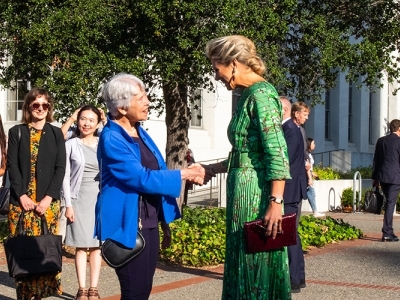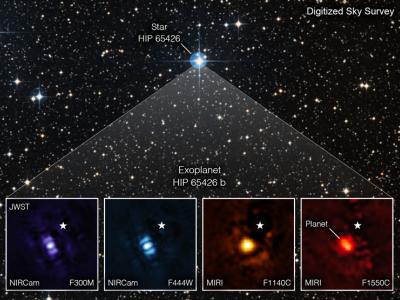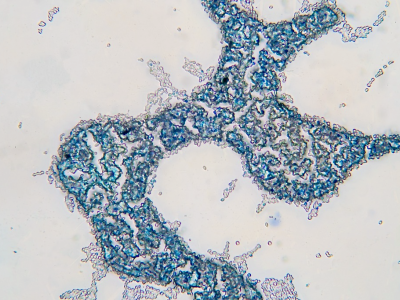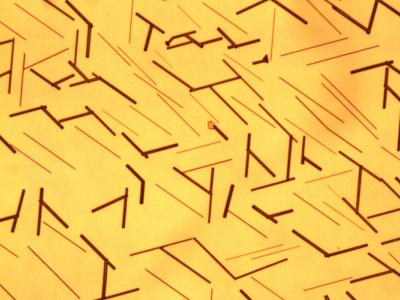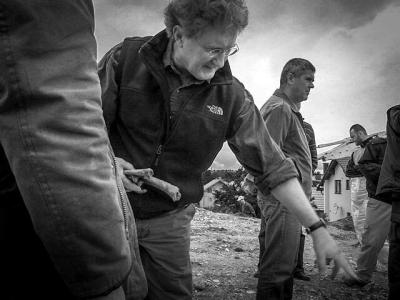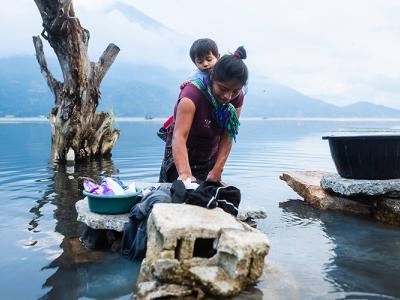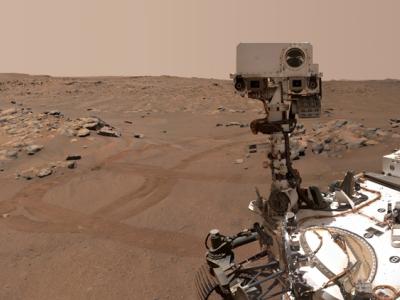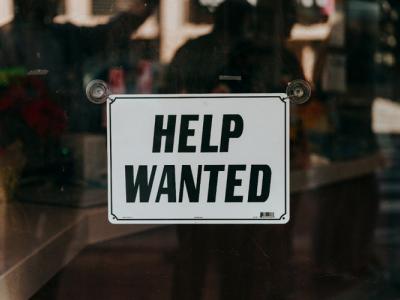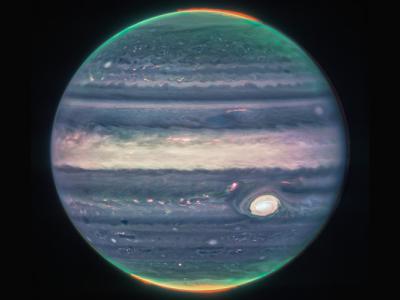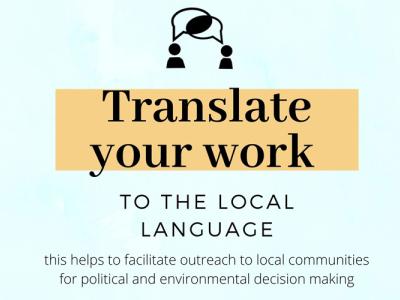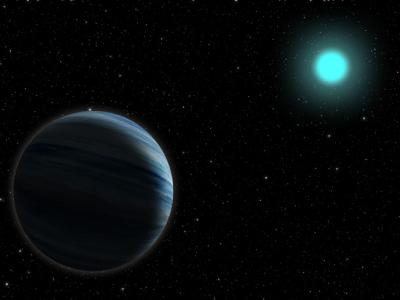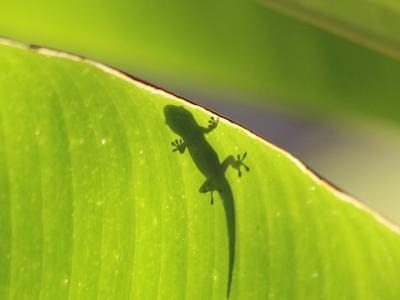The new network aims to facilitate research excellence and knowledge-sharing among Dutch researchers.
Research News
Learn more about UC Berkeley's researchers and innovators.
Showing 657 - 672 of 3454 Results
A new study led by researchers at the University of California, Berkeley, and the nonprofit Resources for the Future (RFF) estimates that the social cost of carbon — a key metric for evaluating the future cost of climate change — is more than three times the value currently used by the U.S. federal government.
Checking off one of its key goals, the James Webb Space Telescope (JWST) imaged its first exoplanet — a young, gas giant planet six to 12 times more massive than Jupiter orbiting a star 350 light years from Earth. “This planetary system is only 14 million years old, and these new data will advance our knowledge of how planets form and evolve,” Kalas said.
The supply of a plant-derived anti-cancer drug can finally meet global demand after a team of scientists from Denmark and the U.S. engineered yeast to produce the precursor molecules, which could previously only be obtained in trace concentrations in the native plant. A study describing the breakthrough was published today in Nature.
Solar panels, also known as photovoltaics, rely on semiconductor devices, or solar cells, to convert energy from the sun into electricity. Manufacturers typically dope the solar cell with chemicals so that one layer of the device bears a positive charge and another layer a negative charge. But chemical doping and layered synthesis also add extra costly steps in solar cell manufacturing.
Carolyn Chen, a UC Berkeley professor and co-director of the Berkeley Center for the Study of Religion, recently published Work Pray Code: When Work Becomes a Religion in Silicon Valley, which she will discuss on Sept. 30 as part of the UC Berkeley Social Science Matrix series, chronicles that journey and explores how tech companies have created an environment that aims to provide employees with everything they need, from food to transportation and day care.
Eric Stover has spent much of his life with communities searching for an answer to the agonizing question, Where is my child? From Argentina, Guatemala, and El Salvador to the former Yugoslavia, Rwanda, and Iraqi Kurdistan, Stover has sat with families in their deepest grief — often taking the first step in answering that harrowing question with a simple cheek swab, or a sample of blood or hair.
In Berkeley Talks episode 149, Mahesh Srinivasan, an associate professor in UC Berkeley’s Department of Psychology, discusses the importance of child-directed speech in language learning, how poverty may suppress parents’ speech to their children and how children learn language from overheard speech.
Jezero Crater, just north of the Martian equator, was a target for NASA’s Mars 2020 Mission and its Perseverance rover because it contained what looked like a river delta that formed inside a lake bed and thus could potentially tell scientists about when water flowed on the planet’s surface. Rocks collected from the floor of the crater underlie the delta sediments, so their crystallization ages will provide an upper limit for the delta’s formation, according to geochemist David Shuster, professor of earth and planetary science at the University of California, Berkeley.
Humans help each other — it’s one of the foundations of civilized society. But a new study by scientists at the University of California, Berkeley, reveals that a lack of sleep blunts this fundamental human attribute, with real-world consequences.
The latest images of Jupiter from the James Webb Space Telescope (JWST) are stunners. Captured on July 27, the infrared images — artificially colored to make specific features stand out — show fine filigree along the edges of the colored bands and around the Great Red Spot and also provide an unprecedented view of the auroras over the north and south poles.
After decades of inaction and failed attempts, the U.S. has finally passed federal legislation addressing climate change. The Inflation Reduction Act (IRA) is groundbreaking not only in its efforts to reduce greenhouse gas emissions, but also in how it demonstrates that we don’t have to choose between good jobs and action on the climate.
Machine learning using artificial intelligence has improved computer translation over the past decade, but scientific articles employing specialized jargon are still a challenge for machine translation. Nevertheless, scientists should prioritize translating articles into multiple languages to provide an equitable landscape for budding scientists worldwide, UC Berkeley researchers argue.
An analysis by climate scientists at the University of California, Berkeley, finds that the apparent temperature, or heat index, calculated by meteorologists and the National Weather Service (NWS) to indicate how hot it feels — taking into account the humidity — underestimates the perceived temperature for the most sweltering days we’re now experiencing, sometimes by more than 20 degrees Fahrenheit.
University of California, Berkeley, astronomers now report a new, Neptune-sized planet — called HD 56414 b — around one of these hot-burning, but short-lived, A-type stars and provide a hint about why so few gas giants smaller than Jupiter have been seen around the brightest 1% of stars in our galaxy.
In Berkeley Talks episode 148, Robert Full, a professor of integrative biology and founder of the Center for Interdisciplinary Biological Inspiration in Education and Research at UC Berkeley, discusses how nature and its creatures — cockroaches, crabs, centipedes, geckos — inspire innovative design in all sorts of useful things, from bomb-detecting, stair-climbing robots to prosthetics and other medical equipment.

